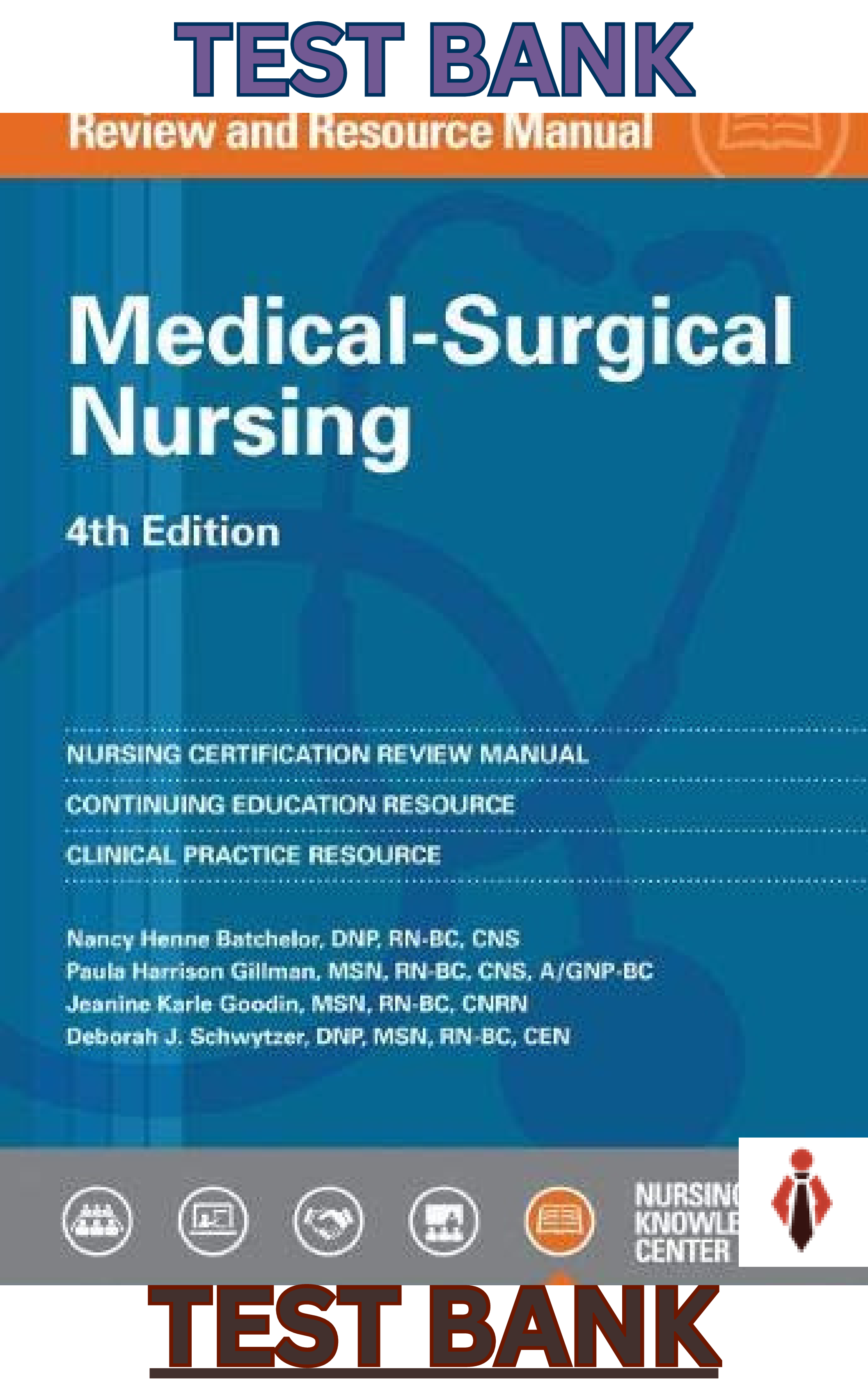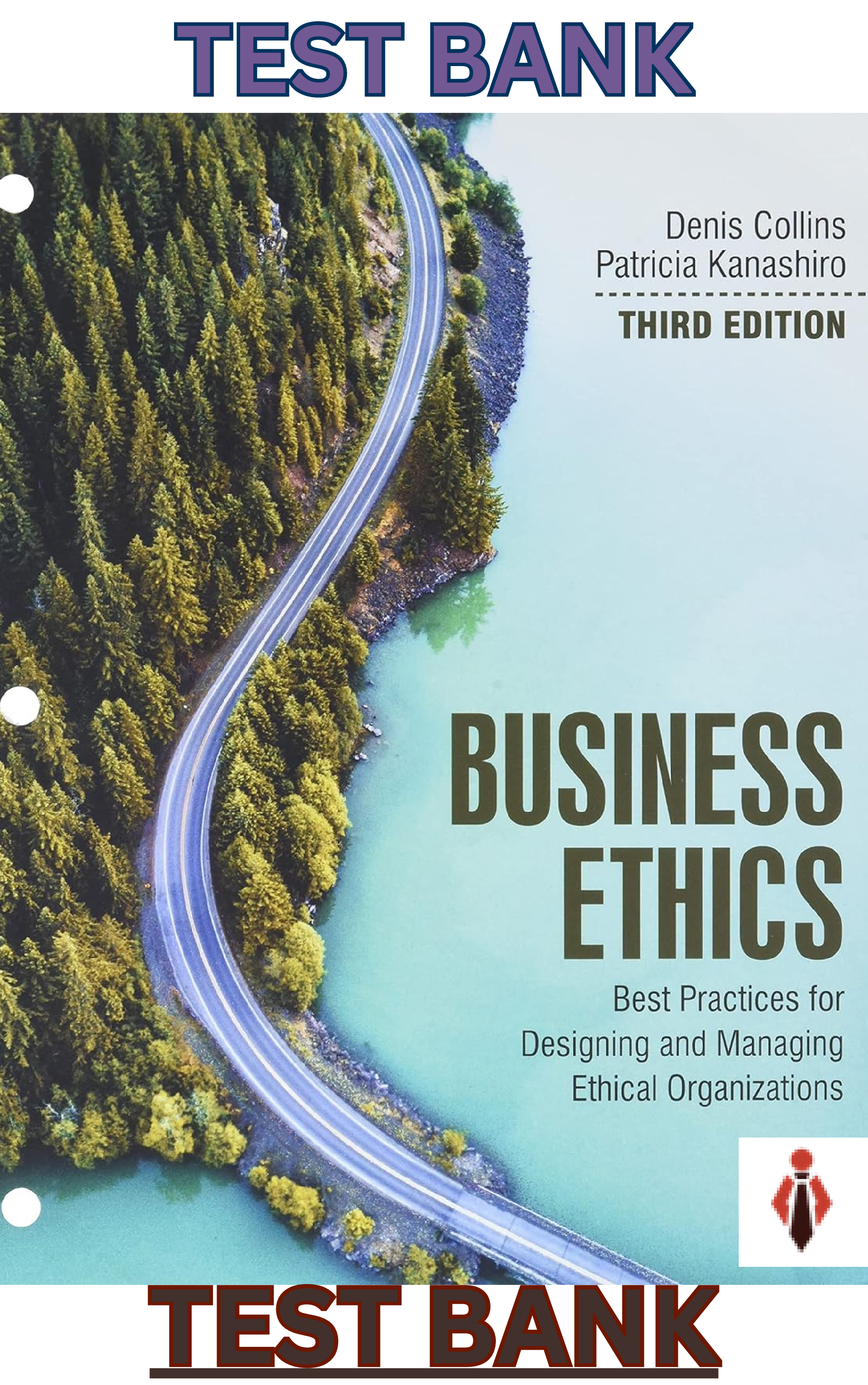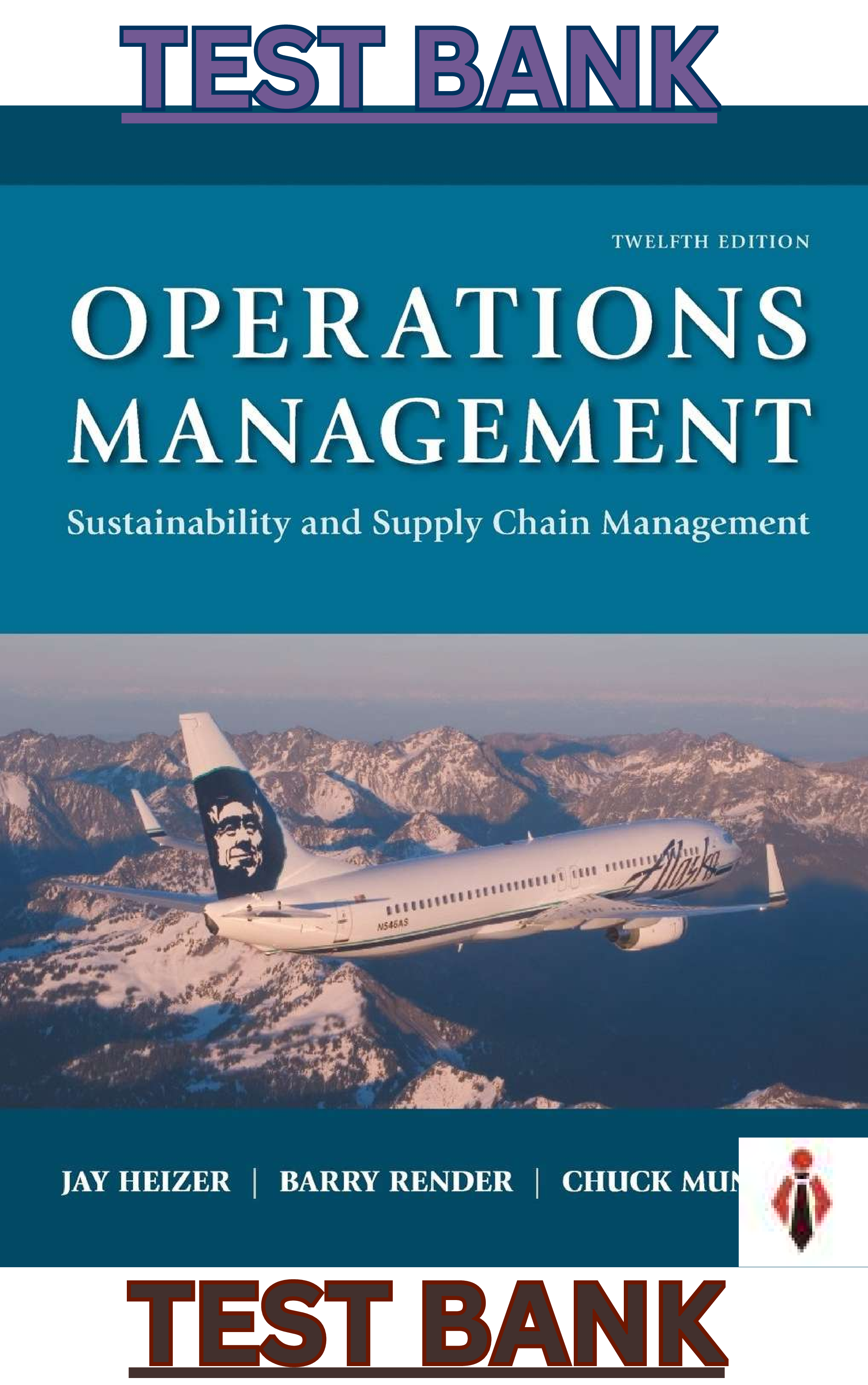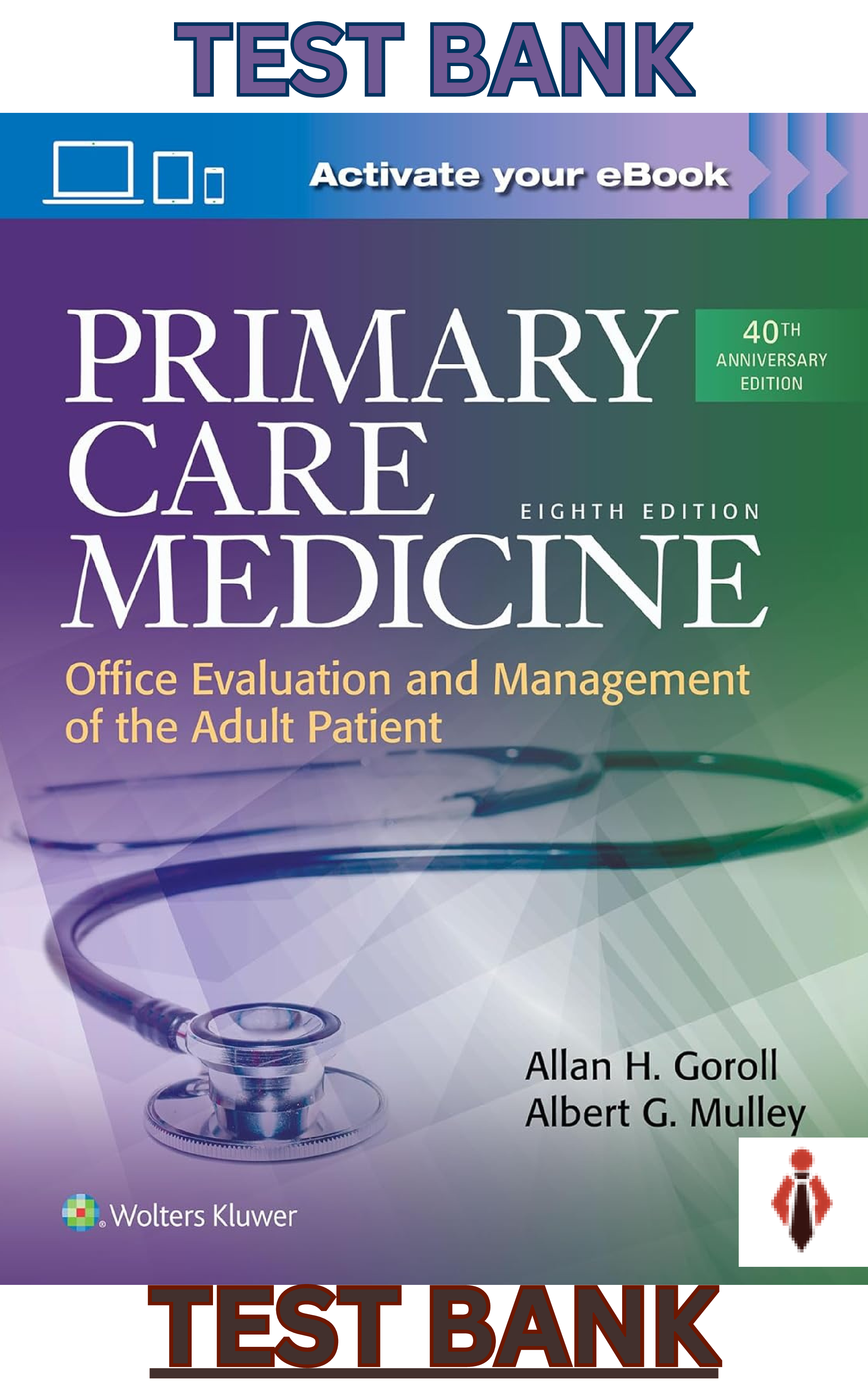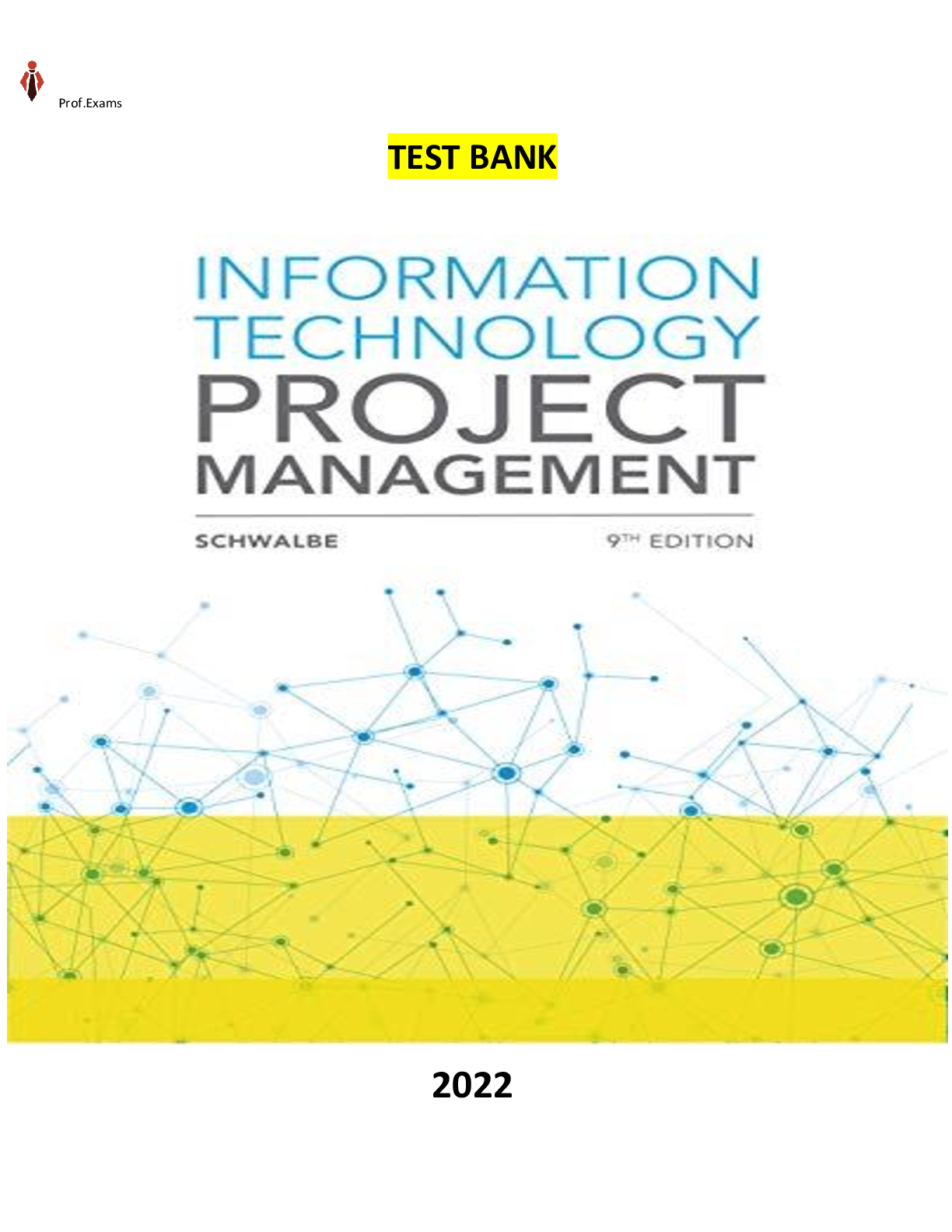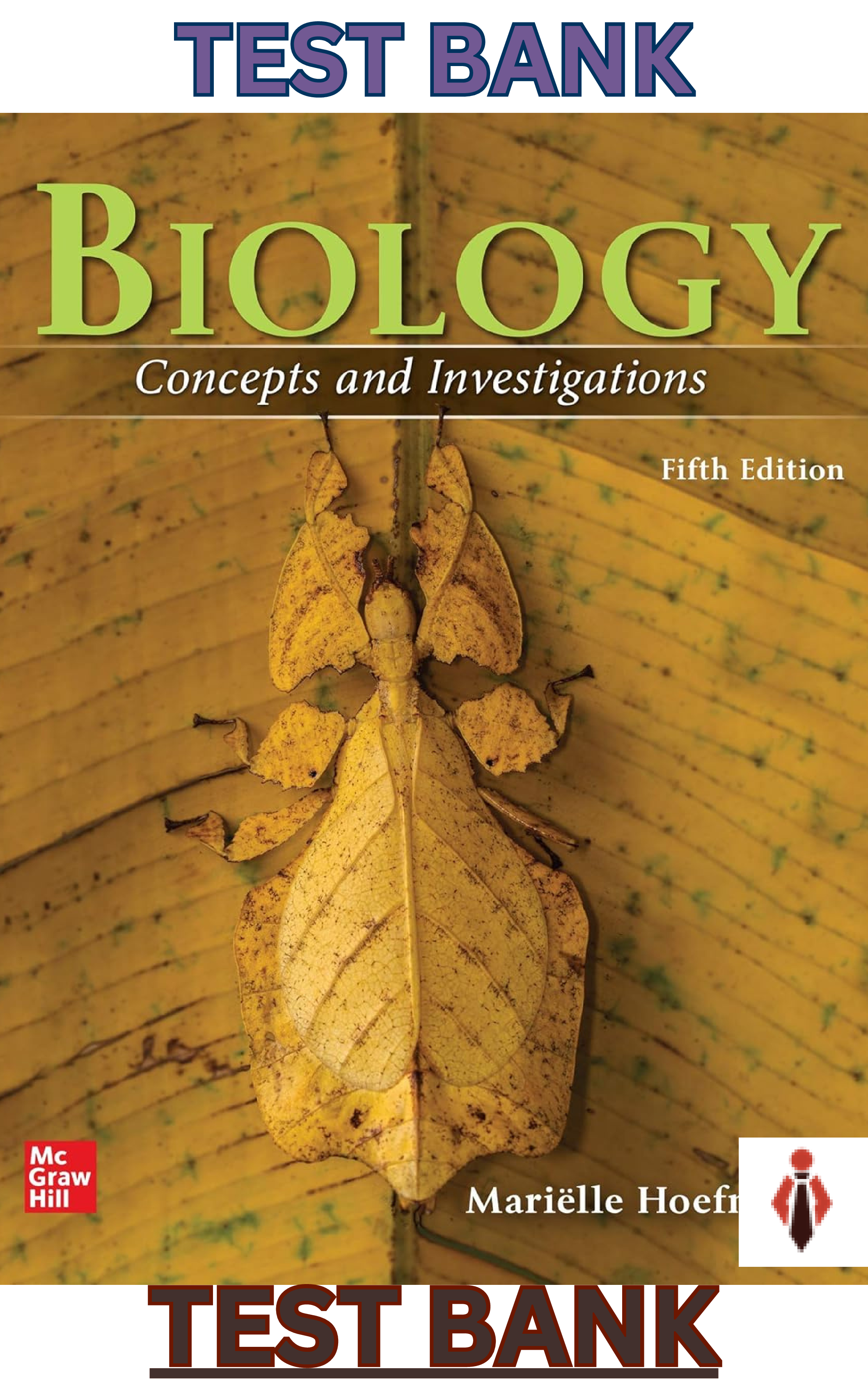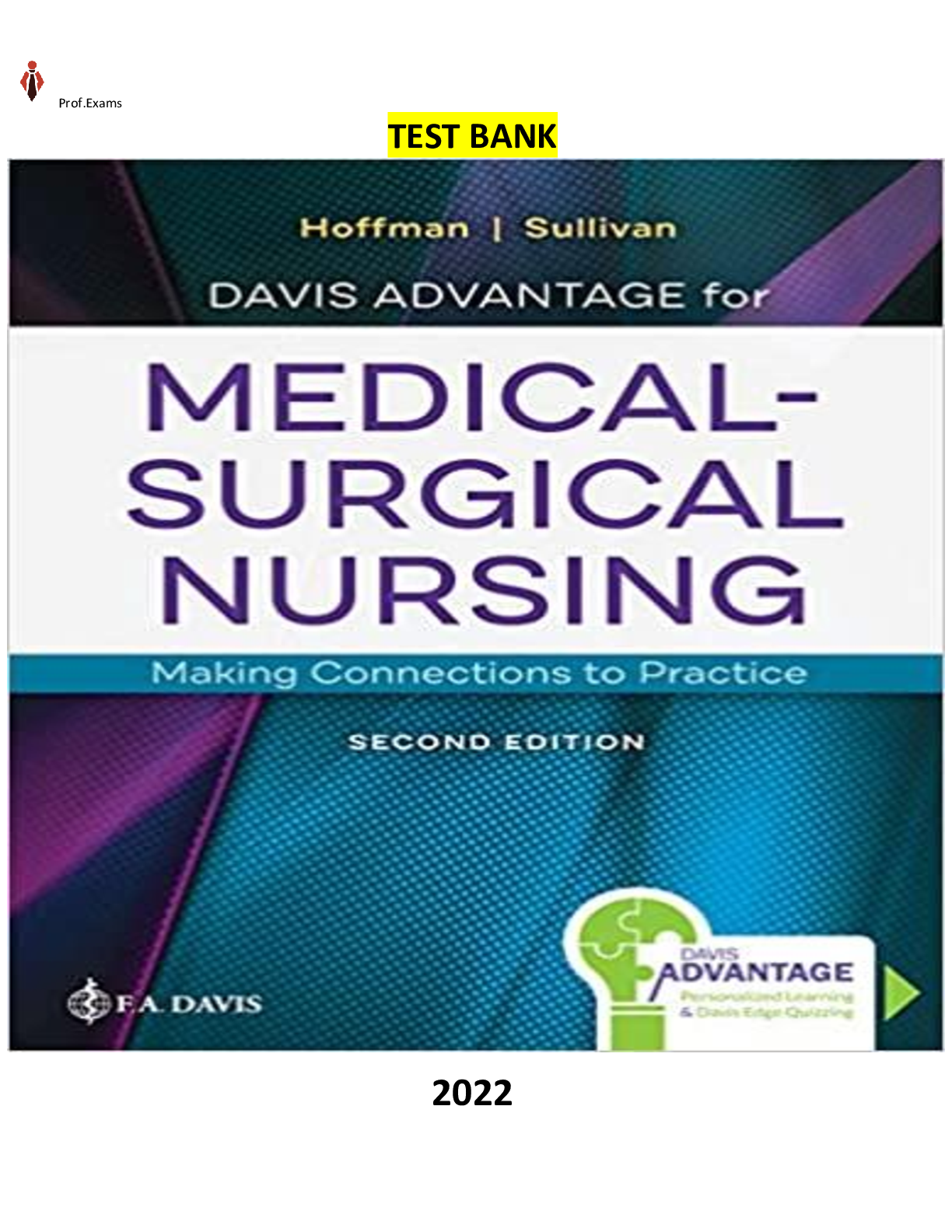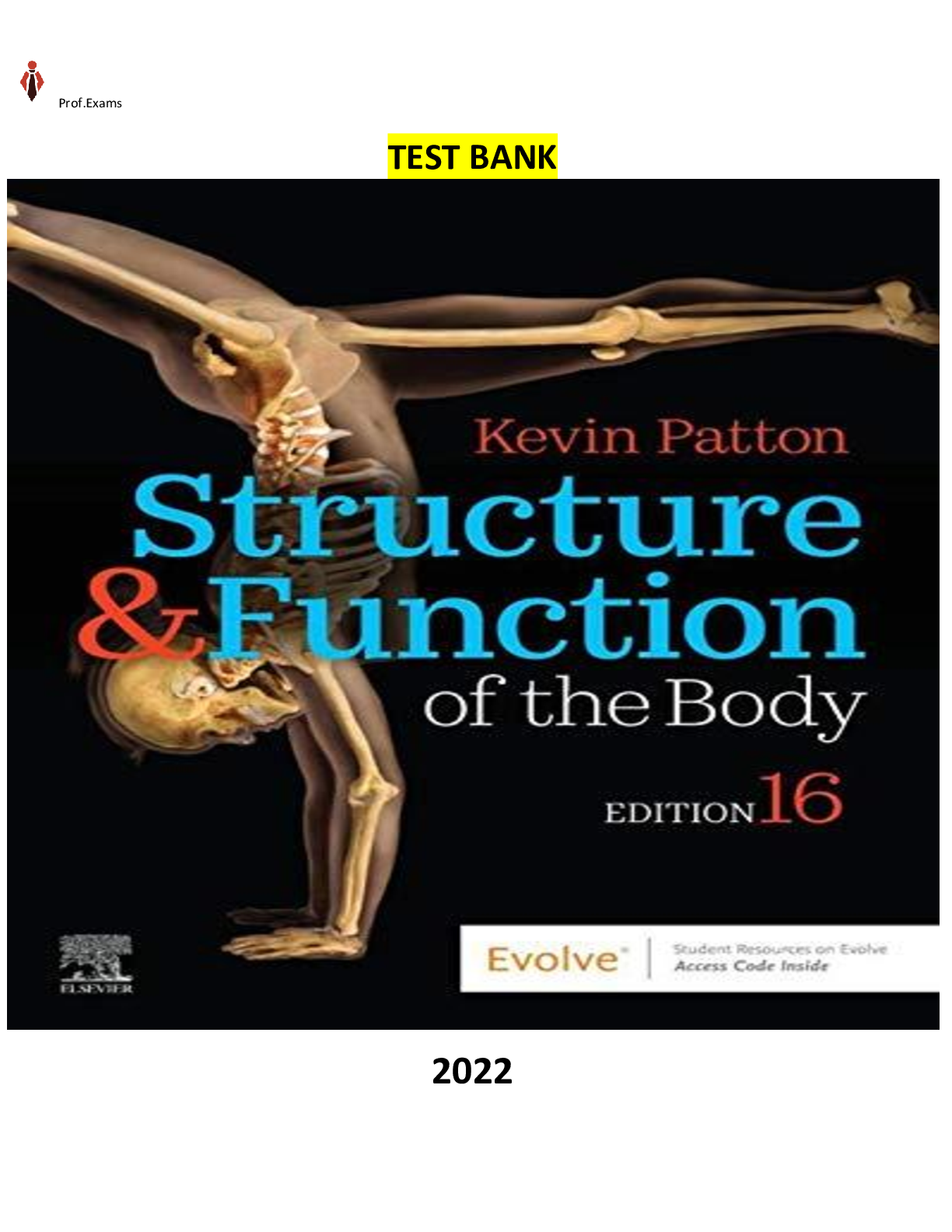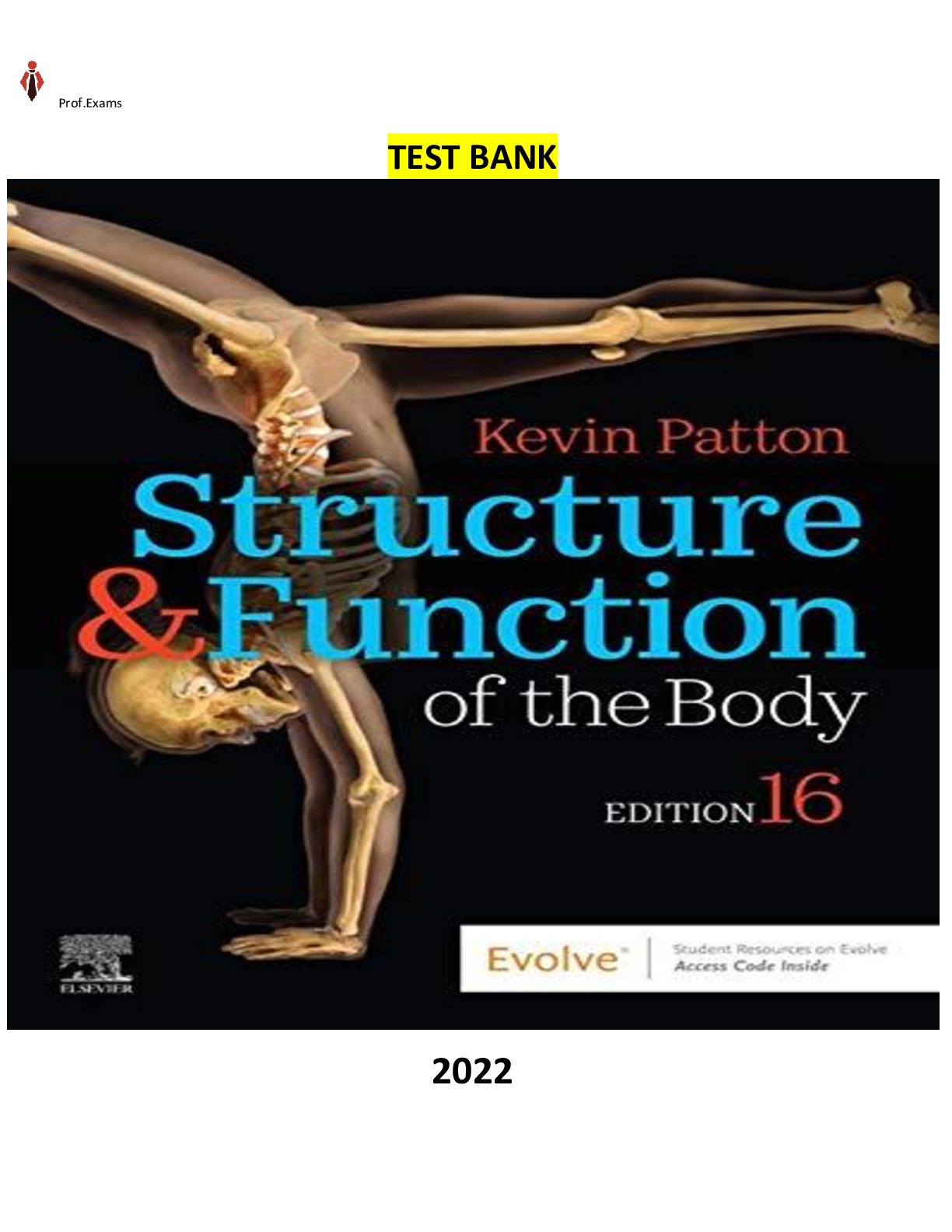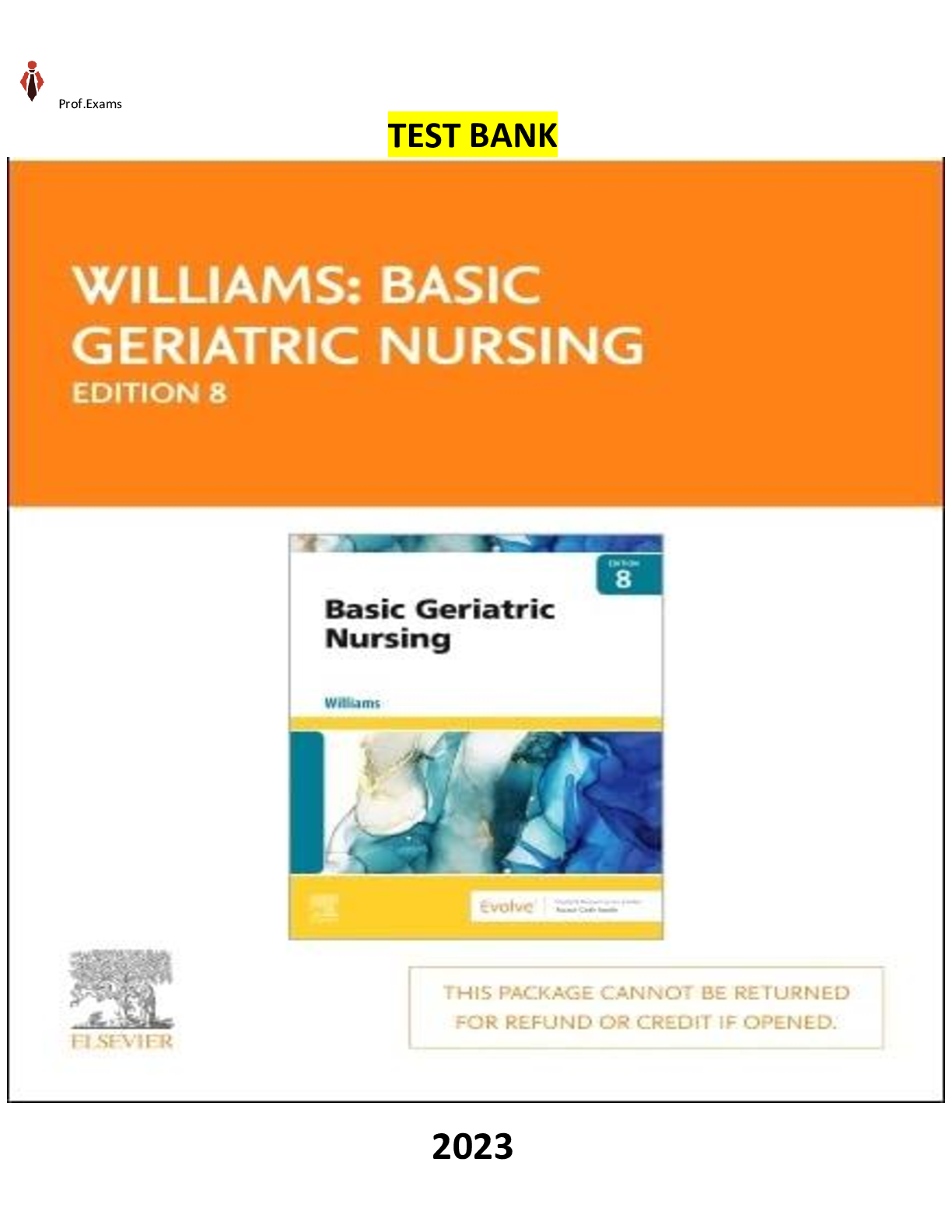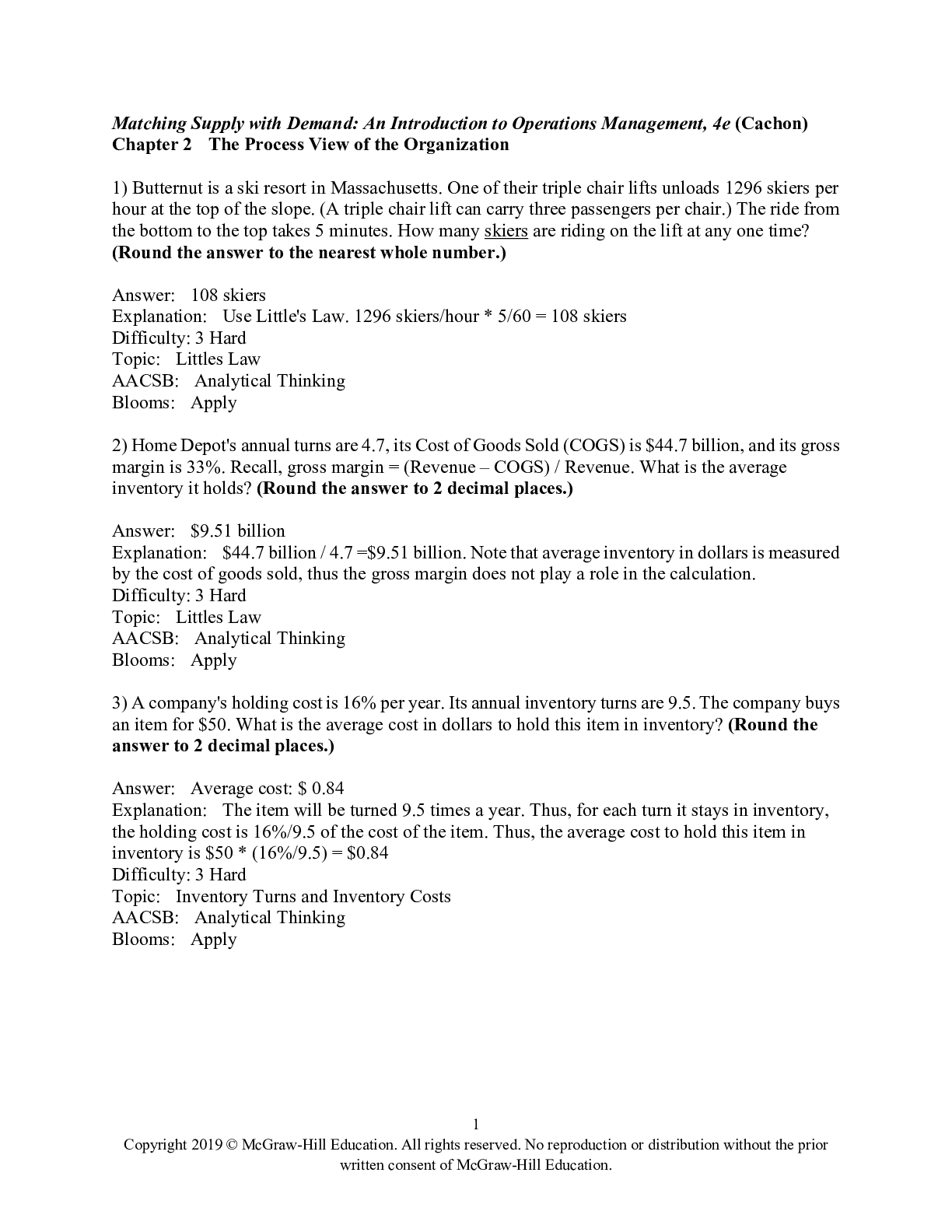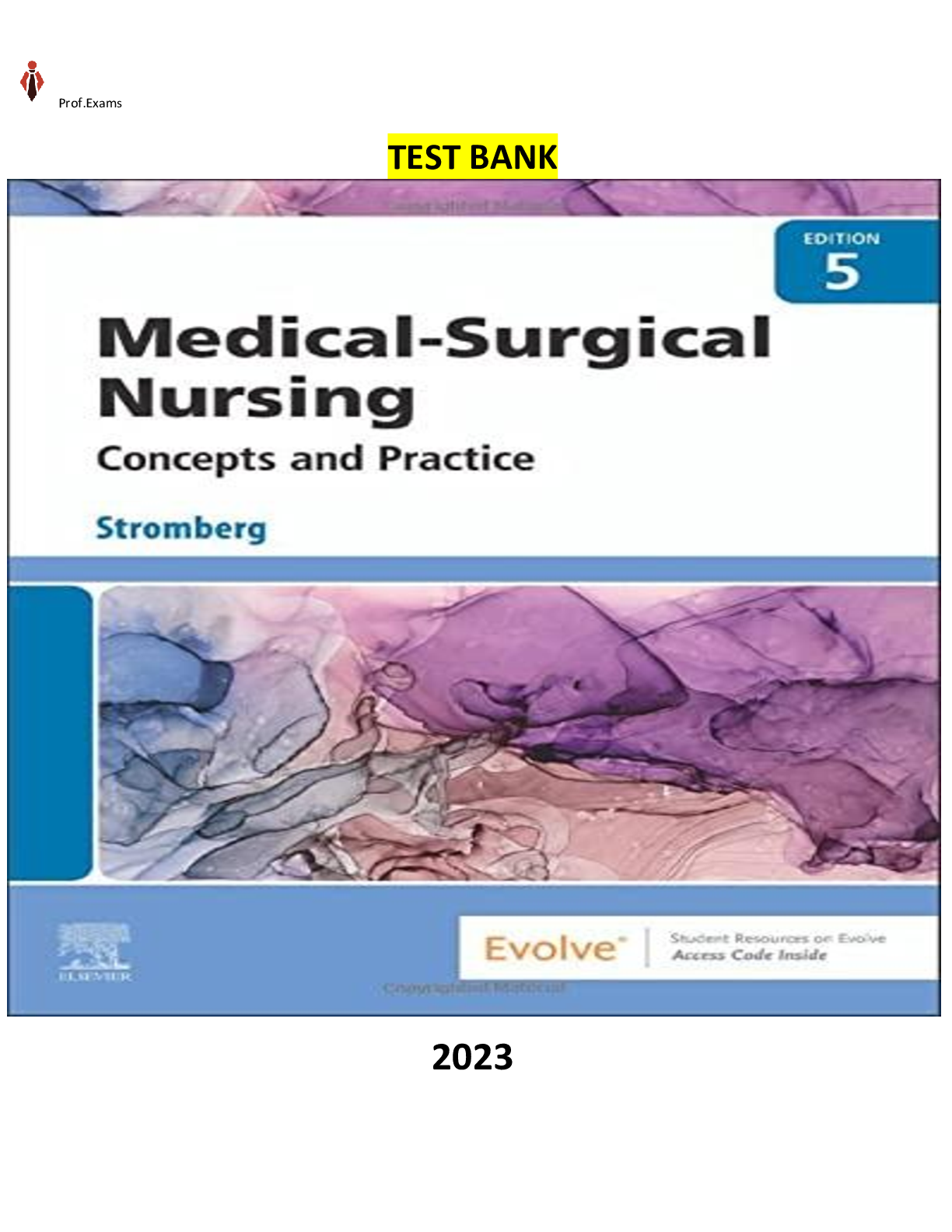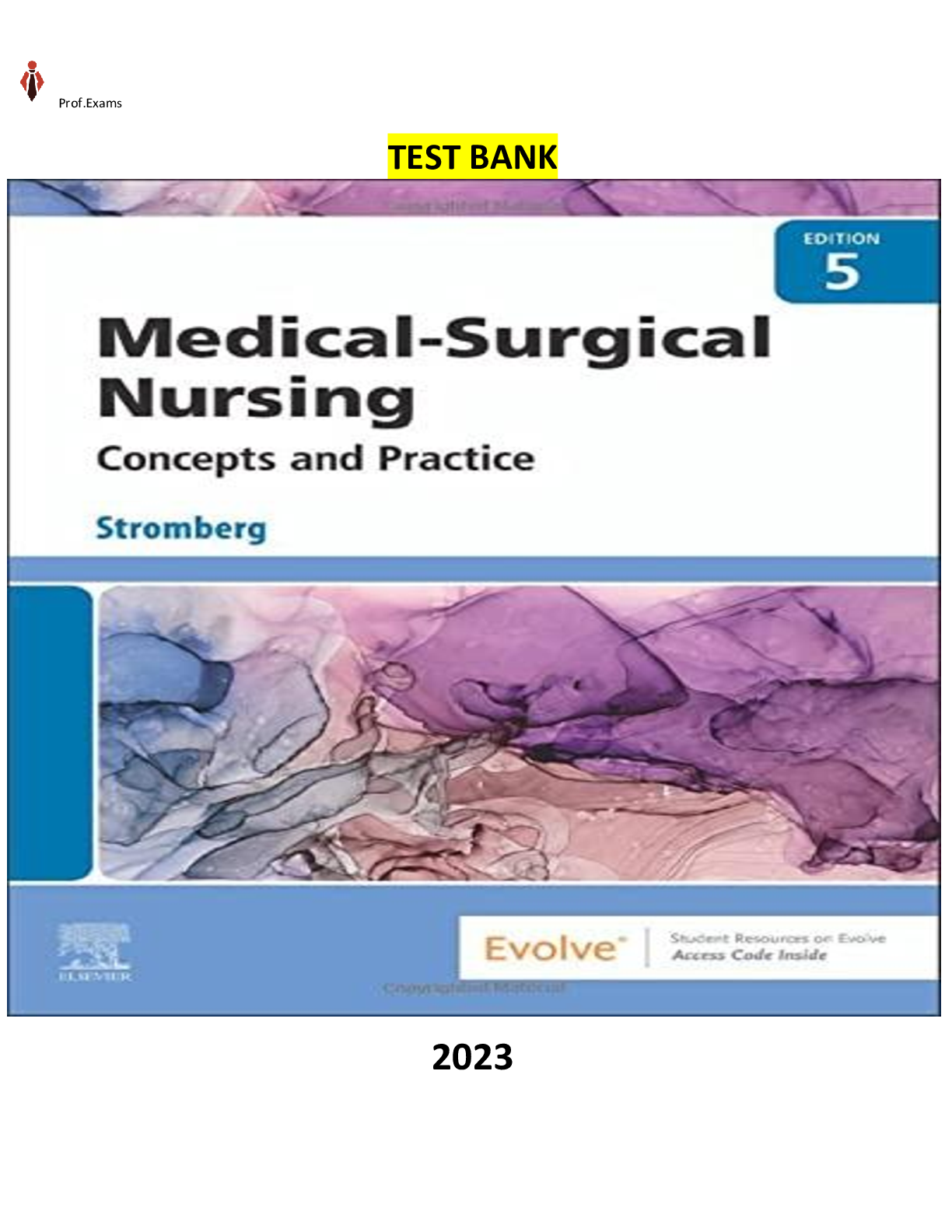Management > TEST BANK > COMPLETE - Elaborated Test bank for Matching Supply with Demand-An Introduction to Operations Manage (All)
COMPLETE - Elaborated Test bank for Matching Supply with Demand-An Introduction to Operations Management 4Ed.by Gerard Cachon & Christian Terwiesch. ALL Chapters(1-19) Included |235| Pages - Questions & Answers Pass Matching Supply with Demand-An Introduction to Operations Management
Document Content and Description Below
COMPLETE - Elaborated Test bank for Matching Supply with Demand-An Introduction to Operations Management 4Ed.by Gerard Cachon & Christian Terwiesch. ALL Chapters(1-19) Included |235| Pages - Question... s & Answers Pass Matching Supply with Demand-An Introduction to Operations Management COMPLETE - Elaborated Test bank for Matching Supply with Demand-An Introduction to Operations Management 4Ed.by Gerard Cachon & Christian Terwiesch. ALL Chapters(1-19) Included |235| Pages - Questions & Answers Pass Matching Supply with Demand-An Introduction to Operations Management in First Attempt Guaranteed!Get 100% Latest Exam Questions, Accurate & Verified Answers to Pass the Actual Exam! Instant Download! ISBN-10 0078096650 ISBN-13 978-0078096655 1. Introduction 2. The Process View of the Organization 3. Understanding the Supply Process: Evaluating Process Capacity 4. Estimating and Reducing Labor Costs 5. Batching and Other Flow Interruptions: Setup Times and the Economic Order Quantity Model 6. The Link between Operations and Finance 7. Quality and Statistical Process Control 8. Lean Operations and the Toyota Production System 9. Variability and Its Impact on Process Performance: Waiting Time Problems 10. The Impact of Variability on Process Performance: Throughput Losses 11. Scheduling to Prioritize Demand 12. Project Management 13. Forecasting 14. Betting on Uncertain Demand: The Newsvendor Model 15. Assemble-to-Order, Make-to-Order, and Quick Response with Reactive Capacity 16. Service Levels and Lead Times in Supply Chains: The Order-up-to Inventory Model 17. Risk-Pooling Strategies to Reduce and Hedge Uncertainty 18. Revenue Management with Capacity Controls 19. Supply Chain with Capacity Coordination Chapter 2 The Process View of the Organization 1) Butternut is a ski resort in Massachusetts. One of their triple chair lifts unloads 1296 skiers per hour at the top of the slope. (A triple chair lift can carry three passengers per chair.) The ride from the bottom to the top takes 5 minutes. How many skiers are riding on the lift at any one time? (Round the answer to the nearest whole number.) Answer: 108 skiers Explanation: Use Little's Law. 1296 skiers/hour * 5/60 = 108 skiers Difficulty: 3 Hard Topic: Littles Law AACSB: Analytical Thinking Blooms: Apply 2) Home Depot's annual turns are 4.7, its Cost of Goods Sold (COGS) is $44.7 billion, and its gross margin is 33%. Recall, gross margin = (Revenue – COGS) / Revenue. What is the average inventory it holds? (Round the answer to 2 decimal places.) Answer: $9.51 billion Explanation: $44.7 billion / 4.7 =$9.51 billion. Note that average inventory in dollars is measured by the cost of goods sold, thus the gross margin does not play a role in the calculation. Difficulty: 3 Hard Topic: Littles Law AACSB: Analytical Thinking Blooms: Apply 3) A company's holding cost is 16% per year. Its annual inventory turns are 9.5. The company buys an item for $50. What is the average cost in dollars to hold this item in inventory? (Round the answer to 2 decimal places.) Answer: Average cost: $ 0.84 Explanation: The item will be turned 9.5 times a year. Thus, for each turn it stays in inventory, the holding cost is 16%/9.5 of the cost of the item. Thus, the average cost to hold this item in inventory is $50 * (16%/9.5) = $0.84 Difficulty: 3 Hard Topic: Inventory Turns and Inventory Costs AACSB: Analytical Thinking Blooms: Apply 2 Copyright 2019 © McGraw-Hill Education. All rights reserved. No reproduction or distribution without the prior written consent of McGraw-Hill Education. 4) Trader Bob, an organic food retail chain, operates 365 days a year. In 2007, the company turned its inventory approximately 25 times. The company's COGS were 60% of its Sales and its annual Sales were about $7,000M that year. What was Trader Bob's average inventory in 2007? (Round the answer to the nearest whole number.) Answer: $168 million Explanation: COGS = 0.6 × 7000M = 4200M. Inventory = COGS / Turns = 4200M / 25 = $168M Difficulty: 3 Hard Topic: Littles Law AACSB: Analytical Thinking Blooms: Apply 5) Assuming Trader Bob's annual inventory holding costs are 20% (an item that cost $10 to purchase would cost $2 to hold in inventory for one year), what is the inventory cost of an item which sells for $20 and costs Trader Bob $12 to buy? Assume that this item has inventory turns of 25 per year. (Round the answer to 3 decimal places.) Answer: $0.096 Explanation: 20% per year with 25 turns is .20/25 = 0.008%. COGs is $12. So, inventory cost is 0.008% × $12 = $0.096 Difficulty: 3 Hard Topic: Inventory Turns and Inventory Costs AACSB: Analytical Thinking Blooms: Apply [The following information applies to questions 6-7.] Joe's Beer, Bait, & Tackle Co. Joe's Beer, Bait, & Tackle Co. is a small chain of fishing tackle stores in northern Minnesota. In 2009, the company's revenue was $4,300,000 and its cost of sales was $3,200,000. Assume 52 weeks and 365 days per year. 6) Joe keeps only 5.5 days-of-supply of inventory on average because much of his inventory is live bait and micro-brew beer, both of which have a short shelf life. What is his annual inventory turns? (Round the answer to 2 decimal places.) Answer: 66.36 Explanation: 365/5.5 = 66.36 Difficulty: 3 Hard Topic: Inventory Turns and Inventory Costs AACSB: Analytical Thinking Blooms: Apply 3 Copyright 2019 © McGraw-Hill Education. All rights reserved. No reproduction or distribution without the prior written consent of McGraw-Hill Education. 7) Given that he has 5.5-days-of-supply of inventory on average, how much inventory does Joe have on average? (Round the answer to the nearest whole number.) Answer: $48,219 Explanation: $3,200,000/ (365/5.5) =$48,219 Difficulty: 3 Hard Topic: Five Reasons to Hold Inventory AACSB: Analytical Thinking Blooms: Apply 8) Which of the following best explains why slow turning items may not be profitable at a brick-and-mortar retailer? A) If turns are low, days-of-supply will also be low. B) If turns are low, the gross margin will also be low. C) If turns are low, the setup costs to stock the shelf will be high. D) If turns are low, blocking and starving are more likely to occur. E) If turns are low, units spend a long time on the retailer's shelves. Answer: E Explanation: a) If turns are low, days-of-supply will be high. b) it is not necessary that the gross margin will be low, since various factors affect gross margin. c) setup costs are not affected by turns. d) starving is less likely to occur when turns are low. e) units spend too much time on the shelves, and this will increase the inventory holding cost. Difficulty: 3 Hard Topic: Inventory Turns and Inventory Costs AACSB: Analytical Thinking Blooms: Analyze 9) Is it possible for two firms to have the same annual inventory turns and the same gross-margin but different days-of-supply? A) Yes, because days-of-supply measures how long the firm can satisfy demand with its current inventory whereas inventory turns measures the frequency at which inventory turns over. B) Yes, inventory turns and gross margin are related but they are independent of days-of-supply C) Yes, the firm with the higher days-of-supply will have the lower return on invested capital. D) No, if firms have the same gross-margin then they must have the same days-of-supply. E) No, if firms have the same inventory turns then they must have the same days-of-supply. F) None of the above. Answer: E Explanation: Knowing inventory turns uniquely specifies days of supply because inventory turns = 365/ days of supply. Difficulty: 3 Hard Topic: Inventory Turns and Inventory Costs AACSB: Analytical Thinking Blooms: Analyze 4 Copyright 2019 © McGraw-Hill Education. All rights reserved. No reproduction or distribution without the prior written consent of McGraw-Hill Education. [The following information applies to questions 10-11.] ProofSmart Inc. ProofSmart Inc., a supplier of home insulation materials, was burned down in a recent fire. From the remains of what used to be the accounting ledger, the following information was recovered: 2006 2007 Inventory $2,367,121 $2,418,257 Gross Margin 42% 45% Inventory Turns 11 [unreadable] Prior to the fire, ProofSmart saw a sales growth of 48% in 2007, a record performance for the 18-year-old company. (NOTE: Gross margin is defined as 1 - (COGS/Sales).) 10) What was the sales for 2007? Circle the answer closest to the correct answer. A) $318,000 B) $38,000,000 C) $43,000,000 D) $66,000,000 E) $85,000,000 F) Cannot be determined from the data given Answer: D Explanation: 2006 COGS = 2,367,121 * 11 = $26,038,331 2006 Sales = 26,038,331 / (1-42%) = $44,893,674 2007 Sales = 44,893,674 * 148% = $66,442,638 Difficulty: 3 Hard Topic: Inventory Turns and Inventory Costs AACSB: Analytical Thinking Blooms: Apply. [Show More]
Last updated: 1 year ago
Preview 1 out of 238 pages
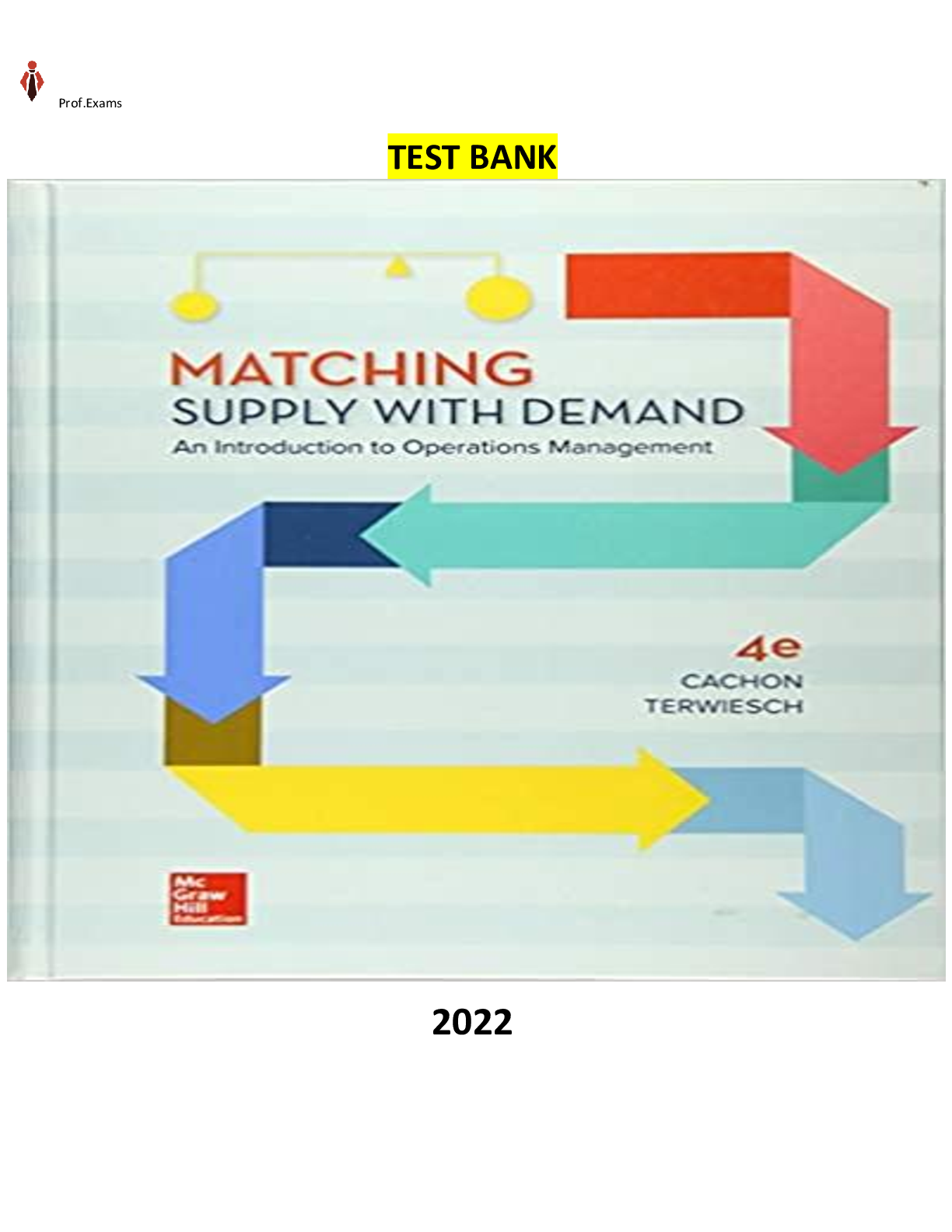
Reviews( 0 )
Document information
Connected school, study & course
About the document
Uploaded On
May 05, 2023
Number of pages
238
Written in
Additional information
This document has been written for:
Uploaded
May 05, 2023
Downloads
0
Views
41


